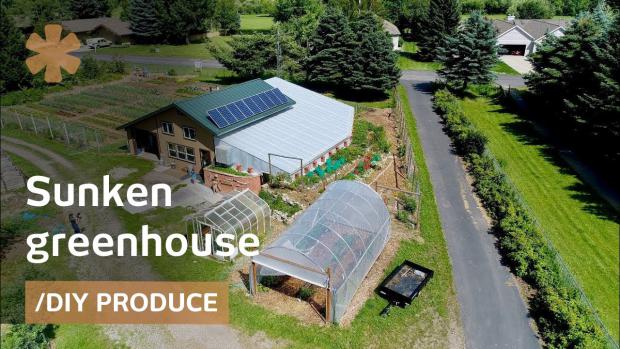
Breaking News
 Is Yen Carry Trade's unwind about to trigger a repo market meltdown? Let's dive into the mec
Is Yen Carry Trade's unwind about to trigger a repo market meltdown? Let's dive into the mec
 Chairman Rand Paul Releases New Report Revealing Hundreds of Billions...
Chairman Rand Paul Releases New Report Revealing Hundreds of Billions...
 Get Schiffty Music Video | Rick and Morty | Adult Swim
Get Schiffty Music Video | Rick and Morty | Adult Swim
Top Tech News
 This tiny dev board is packed with features for ambitious makers
This tiny dev board is packed with features for ambitious makers
 Scientists Discover Gel to Regrow Tooth Enamel
Scientists Discover Gel to Regrow Tooth Enamel
 Vitamin C and Dandelion Root Killing Cancer Cells -- as Former CDC Director Calls for COVID-19...
Vitamin C and Dandelion Root Killing Cancer Cells -- as Former CDC Director Calls for COVID-19...
 Galactic Brain: US firm plans space-based data centers, power grid to challenge China
Galactic Brain: US firm plans space-based data centers, power grid to challenge China
 A microbial cleanup for glyphosate just earned a patent. Here's why that matters
A microbial cleanup for glyphosate just earned a patent. Here's why that matters
 Japan Breaks Internet Speed Record with 5 Million Times Faster Data Transfer
Japan Breaks Internet Speed Record with 5 Million Times Faster Data Transfer
 Advanced Propulsion Resources Part 1 of 2
Advanced Propulsion Resources Part 1 of 2
 PulsarFusion a forward-thinking UK aerospace company, is pushing the boundaries of space travel...
PulsarFusion a forward-thinking UK aerospace company, is pushing the boundaries of space travel...
 Dinky little laser box throws big-screen entertainment from inches away
Dinky little laser box throws big-screen entertainment from inches away
 'World's first' sodium-ion flashlight shines bright even at -40 ºF
'World's first' sodium-ion flashlight shines bright even at -40 ºF
Sunken greenhouse wraps home & feeds suburban antifragile co-op

When Richard Weaver inherited 3 acres in the center of a golf-oriented community developed by his father in Bozeman, Montana, he bucked family tradition and tore out the grass to create a self-sufficient urban farm and underground greenhouse home.
He turned his father's RV garage into an off-grid home relying on photovoltaics, rainwater and composting toilet. Attached to the home, he built a half-buried (6-feet-under) greenhouse (walipini) to use the earth's heat to grow figs and fruits during the long Montana winters.
On the land surrounding the home, garden members (open to all) farm using permaculture techniques like planting in guilds- layers of plants that support each other- to cut down on labor requirements. It's a communal, not community, garden so instead of individual plots, garden members share the work and the crop (making it easy to take vacations or time off).
Weaver believes their farm could serve as a model for others. "When NYC hit 1 million people in the mid-1800s all of their food was grown within seven miles. We have a much more severe climate than New York, but I would say we could grow a lot of our food for 100,000 people in the valley if we had these. I did a calculation once that if we had one thousand 2000-square-foot greenhouses we could produce a substantial amount of our fruit without having to truck it in. But you'd need a thousand of them so we'd need a completely different economic model than we currently have."



